42 sugar alcohol on food labels
What Is Glycerin? – Food Insight Apr 28, 2020 · Highlights Glycerin is a type of carbohydrate called a sugar alcohol, or polyol. Glycerin contains slightly more calories per gram than sugar and is 60–75% as sweet. Glycerin occurs naturally in fermented foods and beverages, including beer, honey, vinegar, wine and... What Are Sugar Alcohols? Benefits vs. Risks - Dr. Axe If a food contains these sugar replacements it will be listed on the label under Total Carbohydrate. Recent FDA regulation require specific polyols to be listed on food labels only if one type of polyol is used; when more than one type is added to the food/beverage, the general term "sugar alcohols" is used instead.
Sugar Alcohols: Food Sources & Effects on Health - WebMD Food manufacturers sometimes include grams of sugar alcohols per serving on the label, but they don't have to. The specific name may be listed, such as xylitol, or the general term "sugar alcohol"...

Sugar alcohol on food labels
NuNaturals Liquid Stevia, Sugar-Free Sweetener, Plant-Based ... Made with just premium stevia extract and water, this liquid sweetener is a pure and all-natural sugar substitute, with no preservatives, artificial flavors, colors or fillers. Highly concentrated — you only need 5-10 drops to replace 1 teaspoon of sugar and transform any food or beverage into a sweet, flavorful and healthy delight. DISPLAYING A SPECIFIC SUGAR ALCOHOL ON YOUR LABEL - ESHA Research DISPLAYING A SPECIFIC SUGAR ALCOHOL ON YOUR LABEL. Software program: Genesis R&D Food. U.S. and Canada labeling regulations allow you to list the specific sugar alcohol on your Nutrition Facts label if there is only one type present. This tutorial shows you how to do so in Genesis R&D Foods. Cookie. Sugars on food labels - Sugar Nutrition Resource Centre Sugars on food labels Carbohydrates are broadly classified into monosaccharides, disaccharides and polysaccharides FIND OUT MORE Monosaccharides and disaccharides are otherwise known as 'sugars' FIND OUT MORE Polys or sugar alcohols are naturally found in some fruits and used commercially in products such as chewing gum FIND OUT MORE
Sugar alcohol on food labels. What You Should Know About Sugar Alcohols - Cleveland Clinic Just as sugar lurks behind different terms on food labels, sugar alcohol also has many names. When you see one of these products on a label, here's what you are getting: Xylitol, often used in gum, is about as sweet as sugar. It comes from wheat straw and some cereals. Food makers produce it from corncobs. Sugar alcohol: Types, benefits, and risks - Medical News Today Feb 12, 2018 · Many foods labeled “sugar-free” or “no added sugar” still provide calories, fat, and carbohydrates. All consumers should read food labels so that they are aware of the nutritional information. Food labelling - Making Sense of Sugar - UK contains a high (red), medium (amber) or low (green) amount of fat, saturates, sugars and salt. For traffic-light labels you will find different limits for total sugars depending on whether the product is a food or a drink and more importantly if the portion size is greater than 100g or 150ml. The same colour coding How to Figure Sugar Alcohol in Carbs | Live Healthy - Chron Locate the number of grams of sugar alcohol. If the product contains sugar alcohols, the number of grams will be listed under the total carbohydrates on the label. Include the number of grams of sugar alcohol when you are counting carbohydrates only when there are more than 5 grams per serving. The American Diabetes Association notes that sugar ...
What Are Sugar Alcohols, and Are They a Healthy Sugar Swap? Currently, eight sugar alcohols are approved for human consumption ( 3, 4 ): erythritol hydrogenated starch hydrolysates isomalt lactitol mannitol maltitol sorbitol xylitol Of these, xylitol,... Sugar Alcohols - LabelCalc Food products sweetened with sugar alcohols tend to not have as high of an impact on blood sugar levels and are normally considered safe for consumption for those within the Diabetic community. ... It might come as no surprise that in 2022, there are more than one way to create nutrition facts labels for your food products. Because we live in a ... Understanding sugar content on food labels - Diabetes Care Community On a food label, the total amount of carbohydrate in grams is listed first. This number includes starch, sugars and fibre. Fibre does not raise blood sugar levels and should be subtracted from the total carbohydrate. Say, for example, one serving of food contains 36 grams of carbohydrate, which includes 6 grams of fibre. How to Display Sugar Alcohol on Your Nutrition Fact Label ... - MenuSano To view and export a nutrition label that displays Sugar Alcohol, follow these steps: 1. On the recipe or dishes page, click on "Export Label". 2. Select the country and one of the Sugar Alcohol templates. Note that sugar alcohol templates are available for both the US (FDA) and Canada (CFIA). 3.
Counting Sugar Alcohols :: Diabetes Education Online Sugar alcohols may be found in products that are labeled "sugar-free" or "no sugar added." This can include sugar-free candies, chocolate, and energy bars. But don't be fooled - sugar alcohols are still a form of carbohydrate, and they still affect your blood sugar levels, if not as dramatically. Understanding Sugar Alcohols Sugar labelling - Food Standards Current work on sugar labelling. In April 2022 FSANZ started work on proposal P1058 - Nutrition labelling about added sugars to consider including added sugars information in the NIP. This proposal follows FSANZ's review of nutrition labelling for added sugars, completed in 2021. Read the Review of nutrition labelling for added sugars report. Industry Resources on the Changes to the Nutrition Facts Label Although the declaration of the gram amount of Added Sugars is not required on the labels of single-ingredient sugars and syrups, these foods contribute added sugars to the diet when consumed, and... Sugar Alcohols on Nutrition Labels - ReciPal For Canadian (CFIA) labels, showing sugar alcohol in the nutrition panel is always mandatory when you have any sugar alcohol in your product. The line for it will be included automatically in your ReciPal label when you choose the Canadian format if the sugar alcohol line is more than 0 grams. Toggling sugar alcohols on a nutrition label.
Showing the Specific Source of Sugar Alcohol on a Nutrition Facts Label ... Since Sugar Alcohol is a voluntary nutrient it won't automatically appear on your Nutrition Facts Label so you will have to manually add it. With your Recipe open, click View Label. Click Edit Label and select Voluntary Nutrients. Check Sugar Alcohol. Click OK and you can see it's now on the label. Again, go to Edit Label.
Are Sugar Alcohols Keto-Friendly? - Healthline May 19, 2020 · While there are many types of sugar alcohols, common ones you may see on food labels include ... As a result, if you have IBS, you may want to avoid sugar alcohol completely (5, 13).
The Frightening Side Effects Sugar Alcohol Could Have On ... - SheFinds Since they are not absorbed, they tend to cause GI issues and stomach aches in many people.". Young explains. If you find that sugar alcohol causes your stomach to be upset, you should look out for these words on ingredient labels, as they are other names for sugar alcohol—xylitol, erythritol, lactitol, mannitol, maltitol, and sorbitol.
Reading Food Labels | ADA - American Diabetes Association Put food labels to work. The Nutrition Facts labels on foods are really the key to making the best choices. We'll cover the basics so that these labels make shopping easier for you. You've heard it all. From carb-free to low-carb, to whole and empty carbs, it's hard to know what it all means. Blood sugar highs and lows aren't always ...
Sugar Alcohols (Polyols) and Polydextrose Used as Sweeteners in Foods ... Currently the following sugar alcohols are permitted for use as food additives in Canada: hydrogenated starch hydrolysates, isomalt, lactitol, maltitol, maltitol syrup, mannitol, sorbitol, sorbitol syrup, xylitol and erythritol. Another food additive, polydextrose, a compound synthesized from dextrose (glucose), is also permitted.
Sugar Alcohol and Diabetes: What You Need to Know - Healthline It can be identified on food labels by several ingredient names. These include: names for sugar alcohol xylitol sorbitol maltitol mannitol lactitol isomalt erythritol glycerin glycerine glycerol...
Learning To Read Labels :: Diabetes Education Online Sugar alcohols may be found in products that are labeled "sugar-free" or "no sugar added." But don't be fooled - sugar alcohols are still a form of carbohydrate, and they still affect your blood sugar levels, if not as dramatically. Usually about half of the sugar alcohol is counted as carbohydrate. Learn more about counting sugar alcohols.
What are Sugar Alcohols? - PCNA Sugar alcohols commonly seen on food labels are mannitol, sorbitol, xylitol, erythritol, and hydrogenated starch hydrolysates. Products often containing sugar alcohols are hard candy, chewing gum, baked goods, ice cream, and mouthwash. 1-3
TTBGov - Alcohol Beverage Labeling Alcohol Beverage Labeling: Statements Related to Calorie and Nutrient Content, Serving Facts, Alcohol Facts, and Sugar Content. TTB regulations do not require nutrient content labeling for alcohol beverages. TTB allows truthful, accurate and specific calorie or carbohydrate statements on labels, but considers such statements to be misleading ...
Understanding Ingredients on Food Labels | American Heart ... Mar 06, 2017 · There are many terms used for sugar on food labels. You might see sugar listed as the fourth ingredient in a product and think it’s not so bad. But sugar can also be listed as high-fructose corn syrup or corn syrup, agave nectar, barley malt syrup or dehydrated cane juice, to name just a few. Read more about sugar and sweeteners.
Labelling of alcoholic beverages - Food Standards All beverages containing 0.5% or more ABV must include information on the label about the alcohol content (Standard 2.7.1). For alcoholic beverages containing more than 1.15% ABV, the label must include the alcohol content as a percentage of ABV or mL/100 ml. For example, the label might read that the beverage contains 5% ABV or the alcohol ...
Added Sugars on the New Nutrition Facts Label | FDA Labels for foods and beverages with added sugars will list the number of grams and the percent Daily Value (%DV) for added sugars within the Nutrition Facts label. Having the word "includes" before...
LABEL READING: CARBOHYDRATES AND SUGARS - Renaissance Nutrition Center ... Sugar alcohols. Other Carbohydrates. ... On food labels, "sugar" also refers to sugar-based sweetening agents, such as high-fructose corn syrup and sucrose. These very sweet sugars are blends of fructose and glucose and do not naturally occur in foods and drinks. At this point, you cannot tell how much sugar the manufacturer has added; when ...
What are Sugar Alcohols? - Diabetes Food Hub Products labelled "diet," "sugar-free," or "no sugar added" can also have sugar alcohols in the ingredients. If a product has sugar alcohols, you will see "Sugar Alcohol" listed under Total Carbohydrates on the Nutrition Facts label. You can then scan the ingredient list to see which sugar alcohols were added.
Sugars on food labels - Sugar Nutrition Resource Centre Sugars on food labels Carbohydrates are broadly classified into monosaccharides, disaccharides and polysaccharides FIND OUT MORE Monosaccharides and disaccharides are otherwise known as 'sugars' FIND OUT MORE Polys or sugar alcohols are naturally found in some fruits and used commercially in products such as chewing gum FIND OUT MORE
DISPLAYING A SPECIFIC SUGAR ALCOHOL ON YOUR LABEL - ESHA Research DISPLAYING A SPECIFIC SUGAR ALCOHOL ON YOUR LABEL. Software program: Genesis R&D Food. U.S. and Canada labeling regulations allow you to list the specific sugar alcohol on your Nutrition Facts label if there is only one type present. This tutorial shows you how to do so in Genesis R&D Foods. Cookie.
NuNaturals Liquid Stevia, Sugar-Free Sweetener, Plant-Based ... Made with just premium stevia extract and water, this liquid sweetener is a pure and all-natural sugar substitute, with no preservatives, artificial flavors, colors or fillers. Highly concentrated — you only need 5-10 drops to replace 1 teaspoon of sugar and transform any food or beverage into a sweet, flavorful and healthy delight.


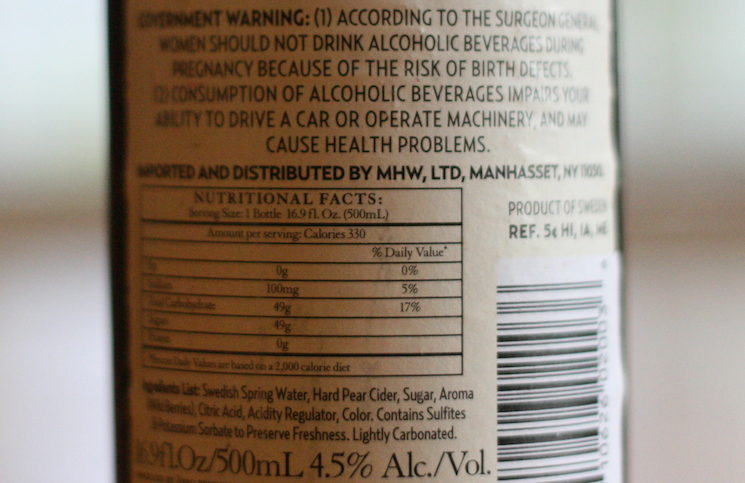




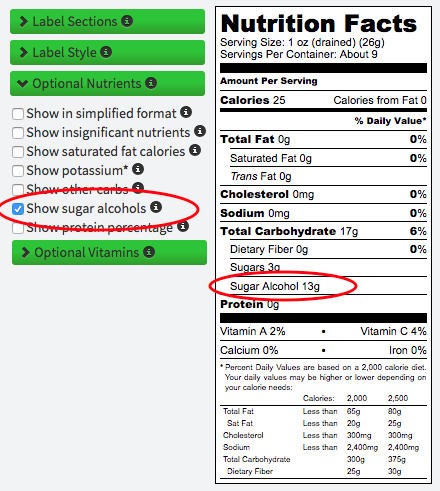




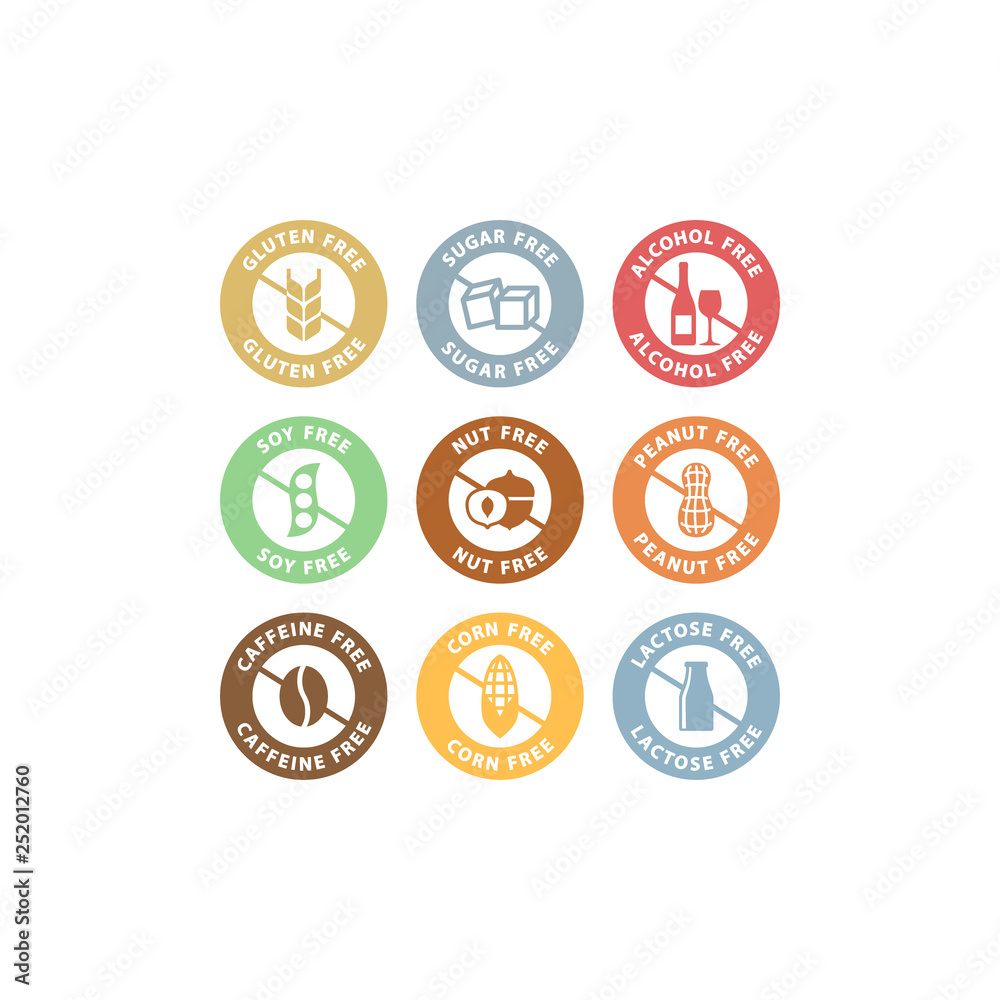

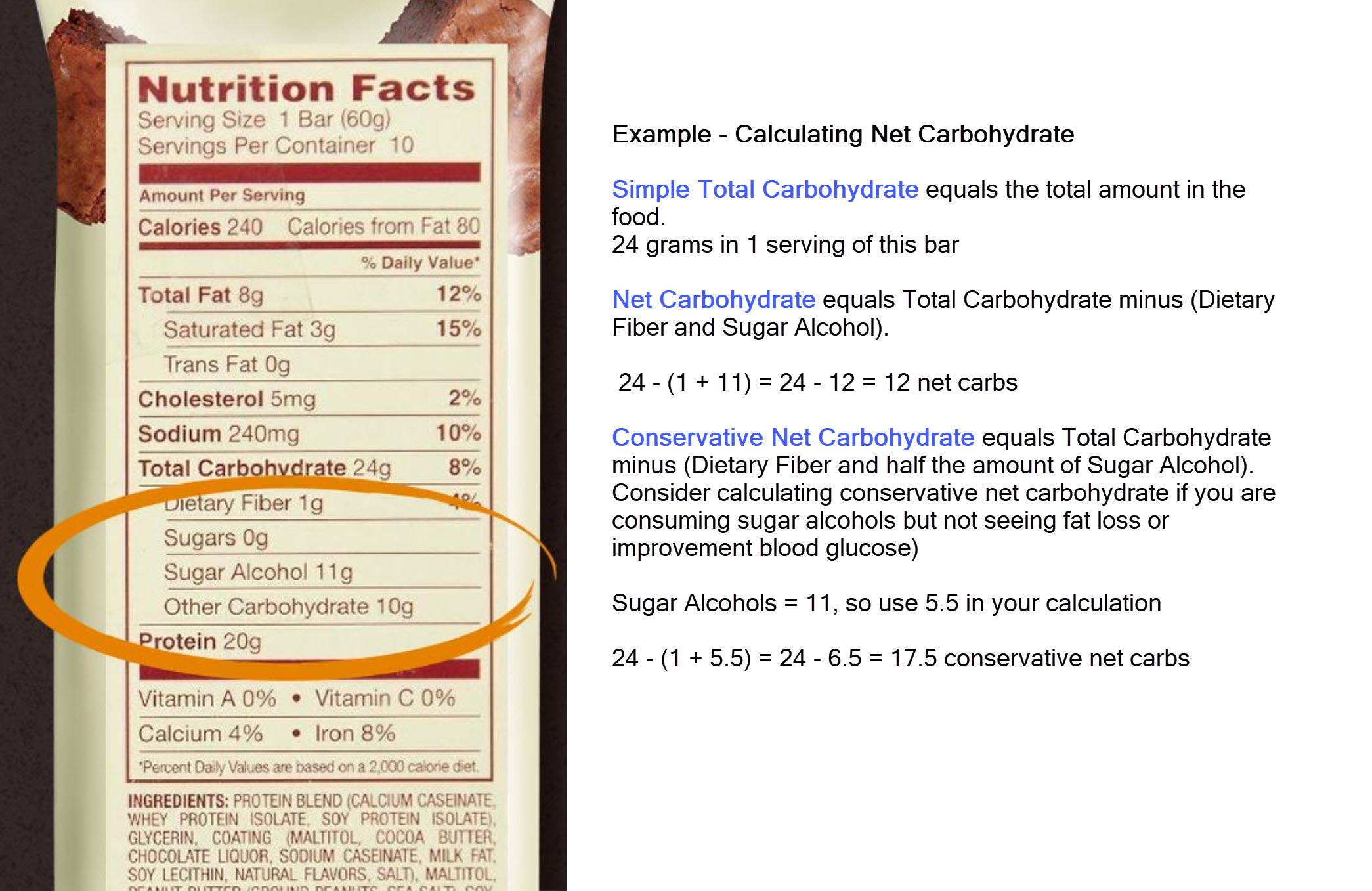







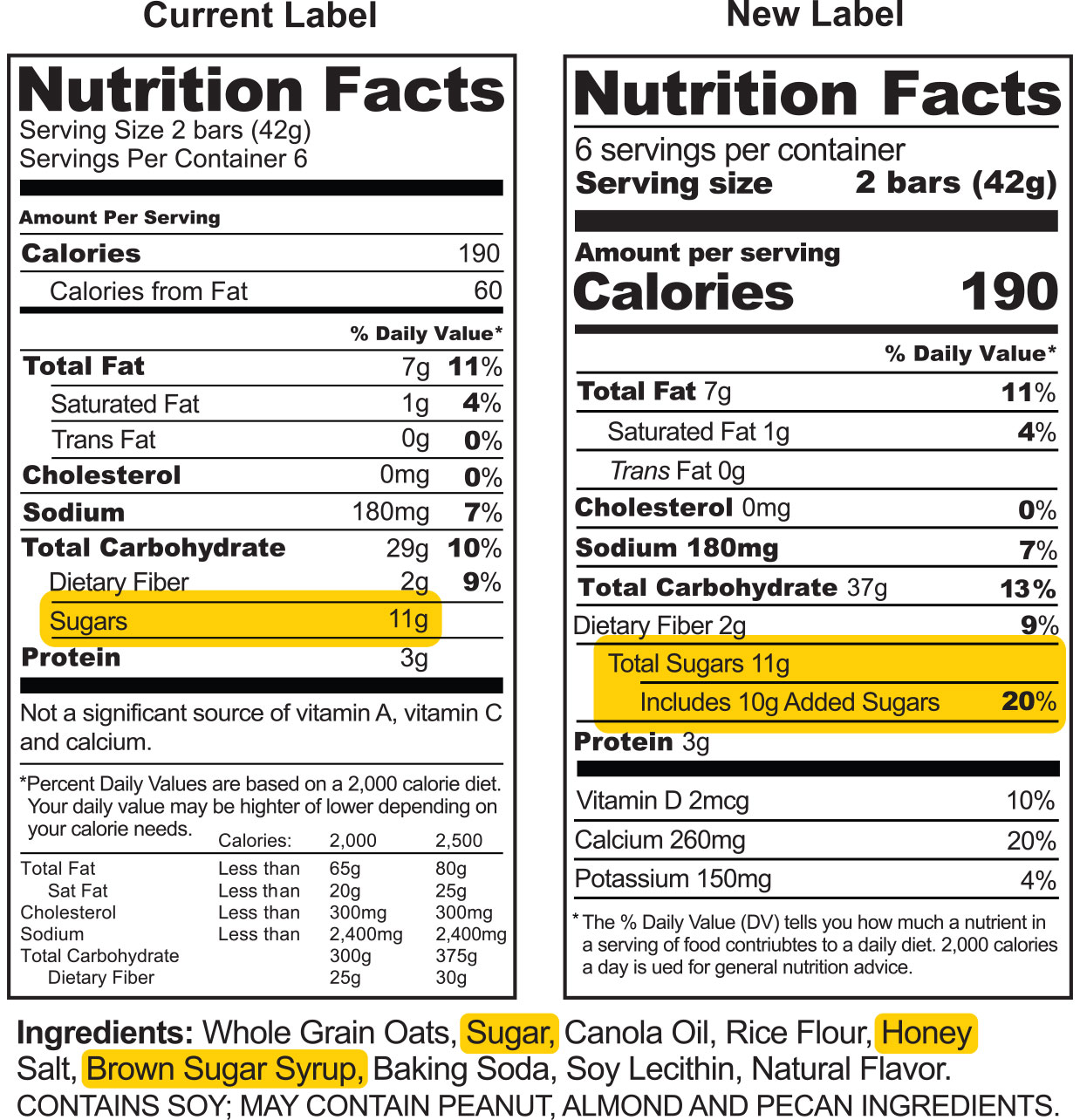

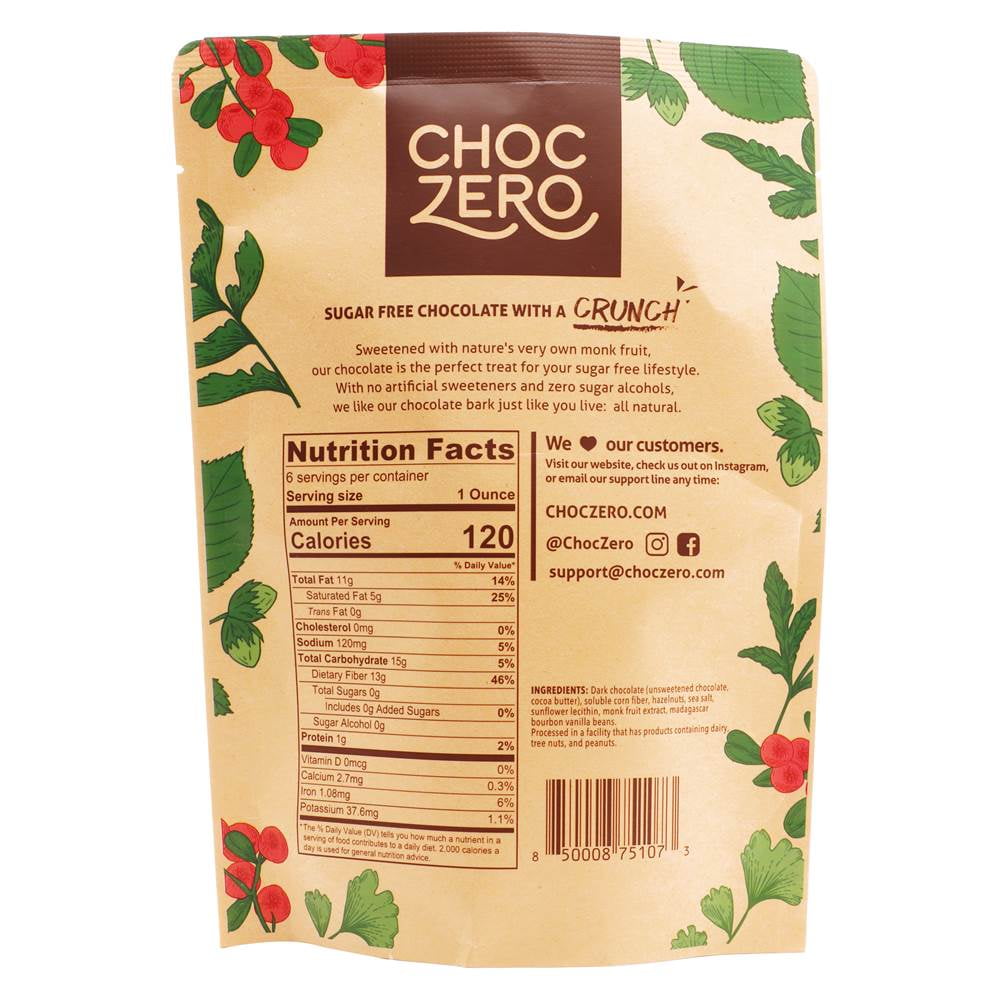
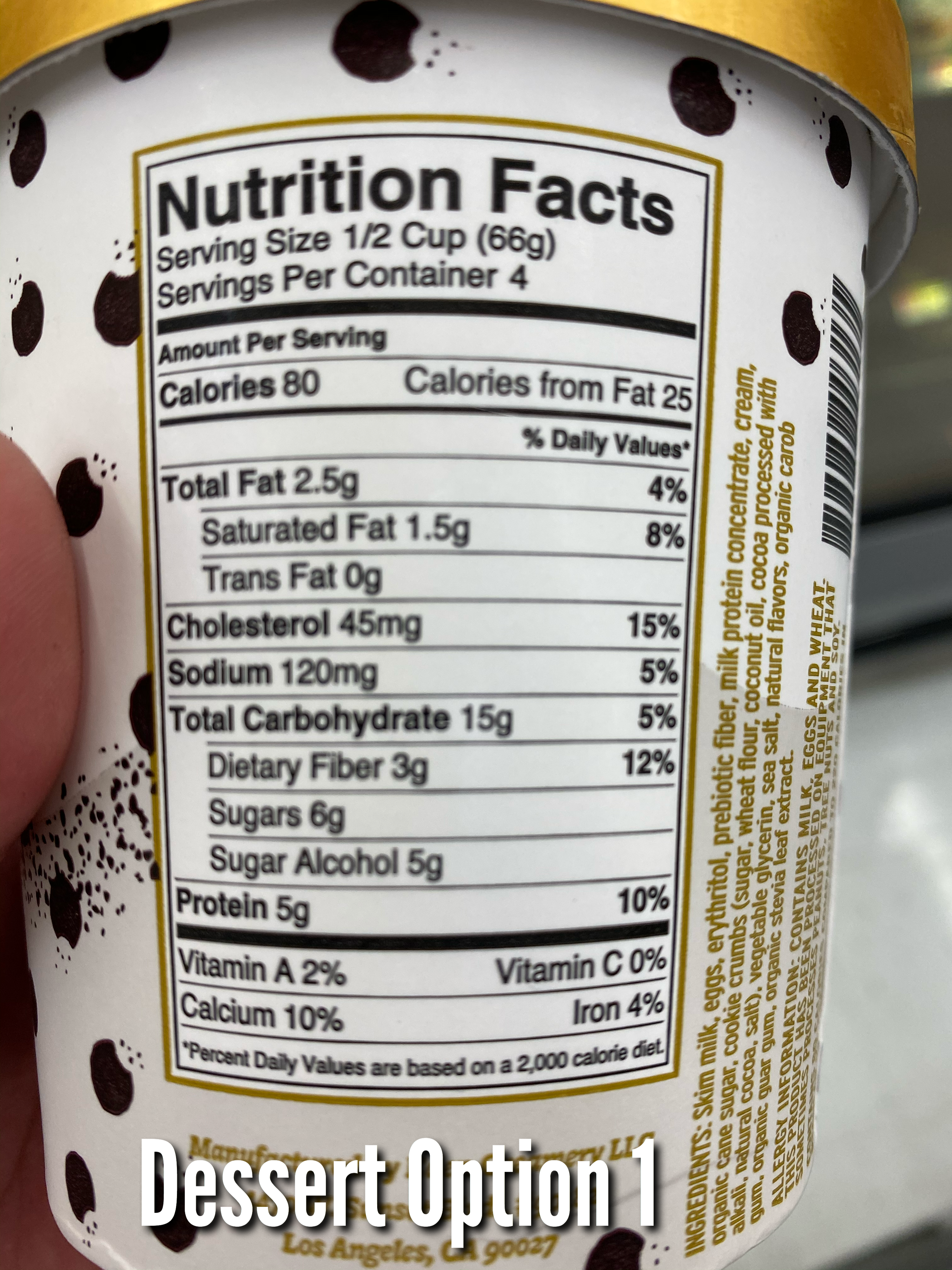

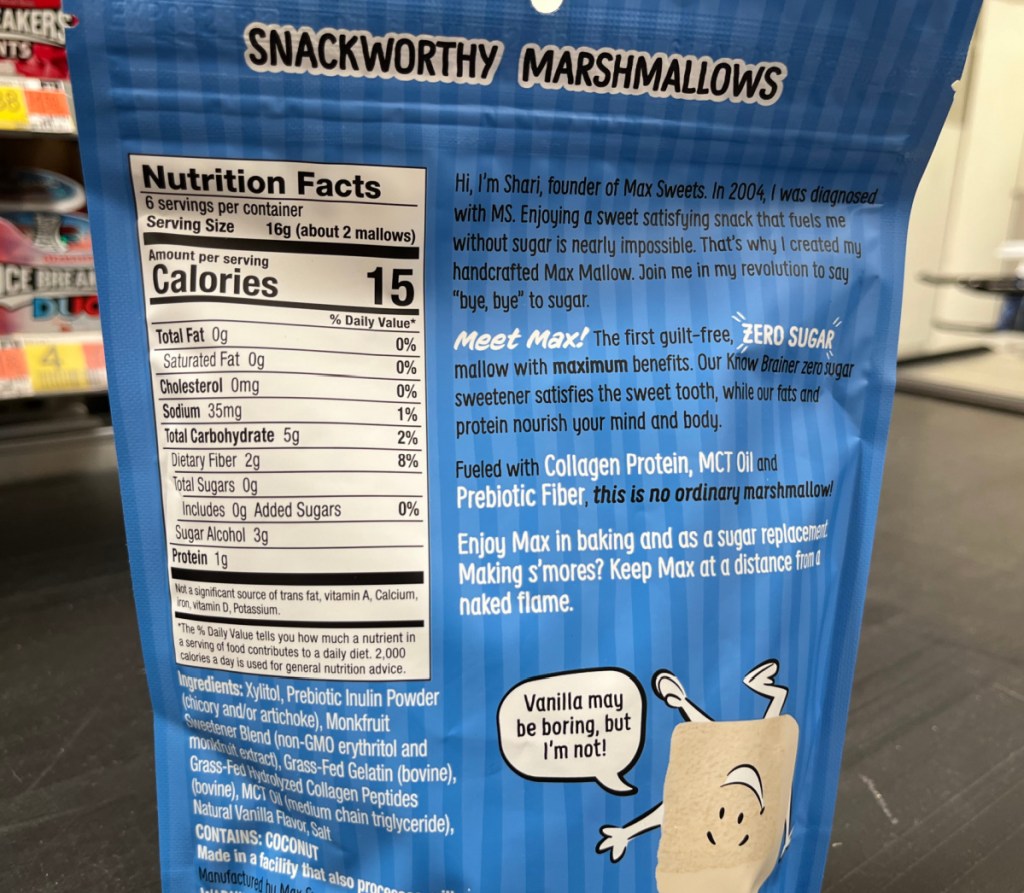

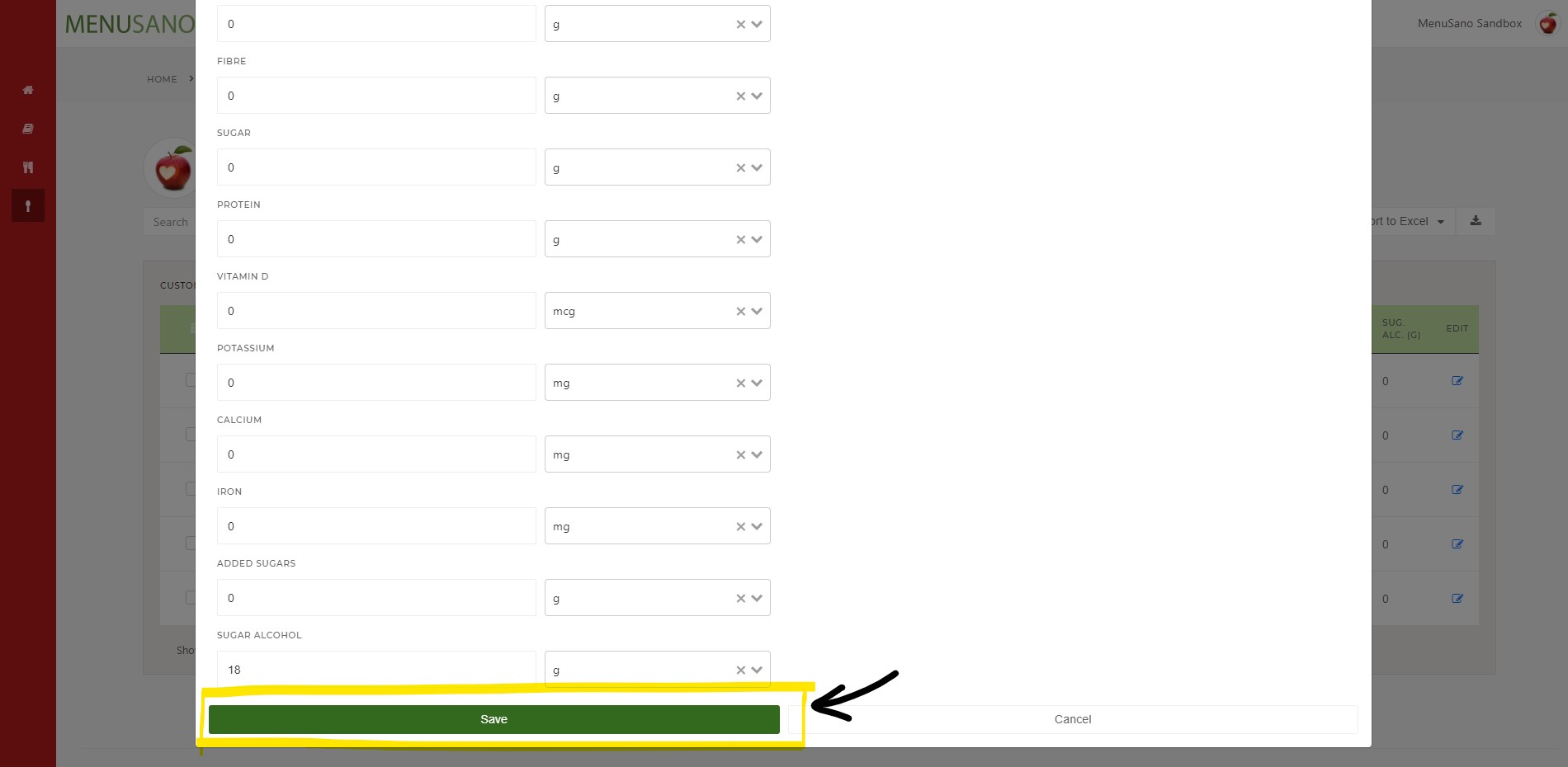




Post a Comment for "42 sugar alcohol on food labels"